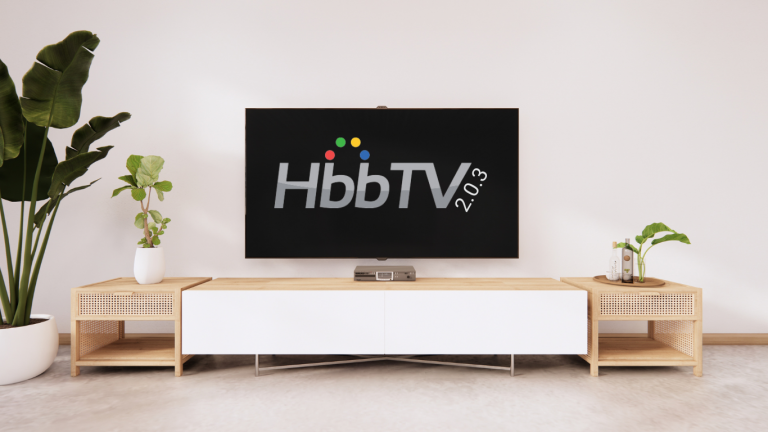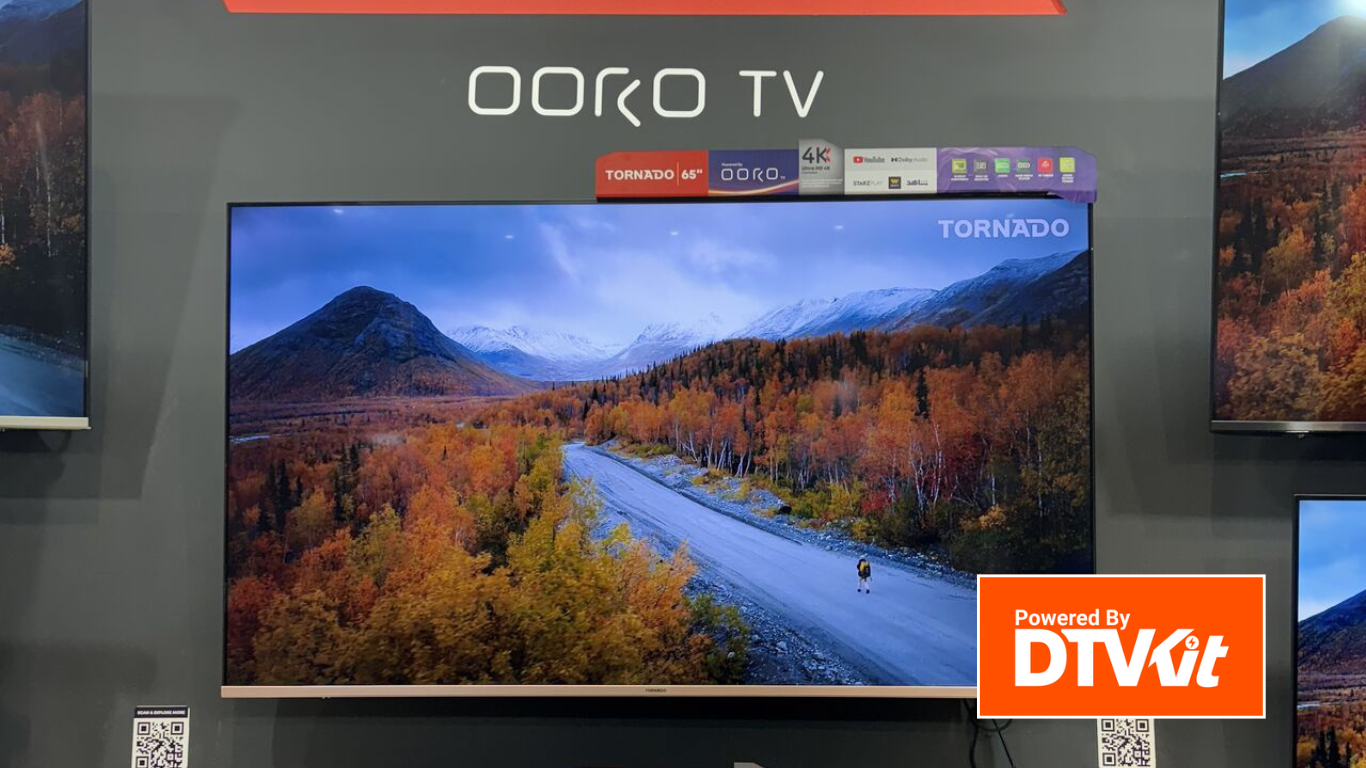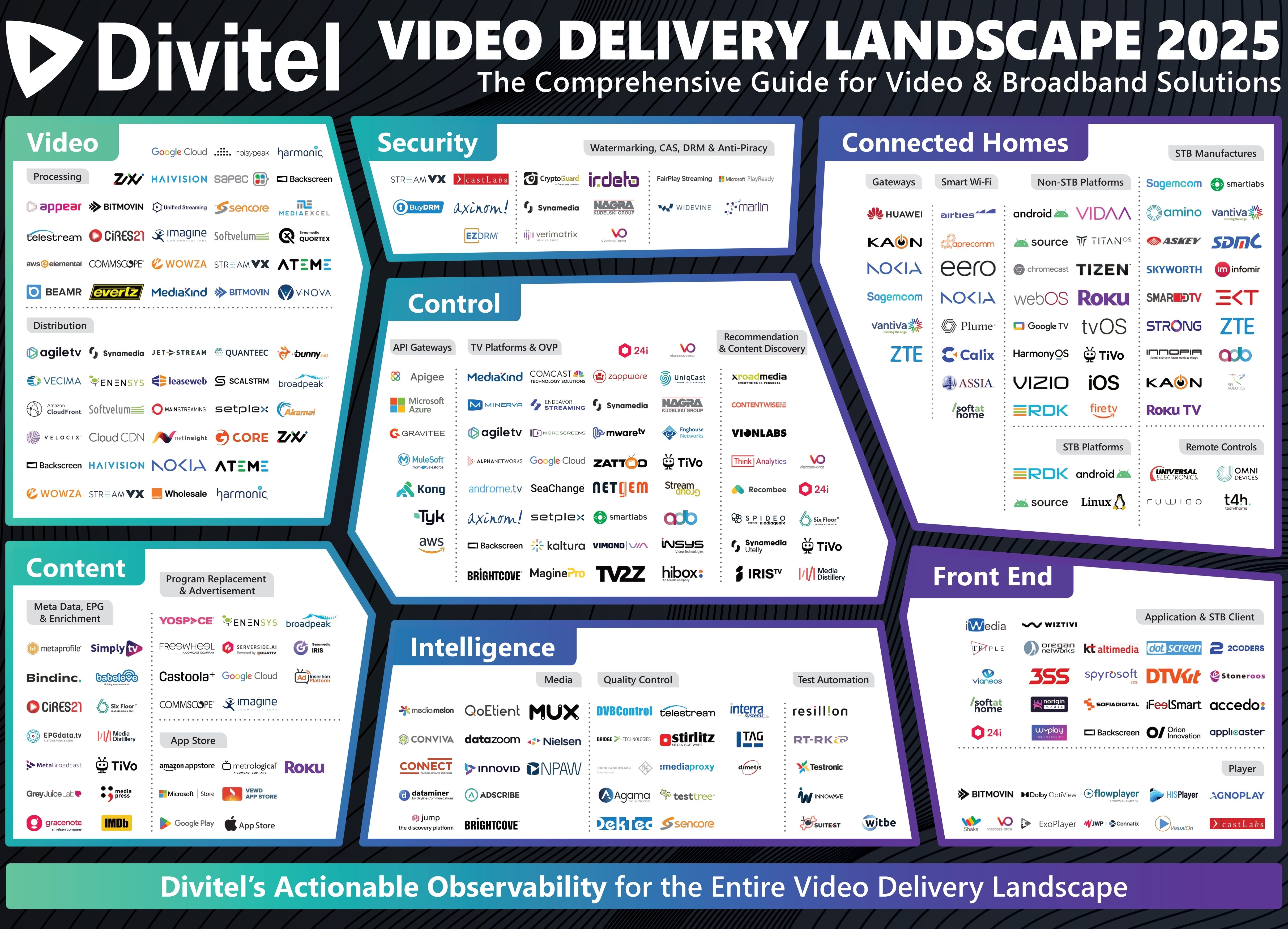The Hybrid Broadcast Broadband TV (HbbTV) 2.0.3 specification is an innovative technology that enables the seamless integration of broadcast and broadband services, creating an enhanced and interactive TV viewing experience. This article will explore the key features and components of the HbbTV 2.0.3 specification, along with its applications and architecture.
The key advantage of this solution is that its innovative architecture uses the existing system browser (WPE or Android Webview) instead of having to add another browser to support HbbTV. This reduces system complexity, software footprint and subsequent resource requirements.
1. Applications
HbbTV 2.0.3 allows the download and execution of applications, which are collections of documents constituting self-contained enhanced or interactive services. These applications consist of various file types, including HTML, JavaScript, CSS, XML, and multimedia files. There are two main types of applications addressed in the specification:
Broadcast-Independent Application:
These applications are not associated with any broadcast service and are downloaded via broadband. They access all of their associated data through broadband connections. Examples of this type of service include catch-up services and games that do not require access to broadcast resources.
Broadcast-Related Application:
These applications are associated with one or more broadcast services or events within a service. They can be launched automatically (“autostart”) or explicitly upon user request. These applications can be downloaded via broadband, broadcast, or CICAM (Common Interface Conditional Access Module) and can access data through any suitable method. Examples of this type of service include electronic program guides and teletext-like services that may present broadcast video in a window and access other broadcast resources, such as EIT metadata.
The specification clearly outlines the scope of applications supported and sets the stage for a wide range of interactive services.
2. Architecture
The HbbTV 2.0.3 specification defines a comprehensive system architecture that enables the provision of applications seamlessly. This architecture allows a hybrid terminal to be connected to both a broadcast DVB network (e.g., DVB-T, DVB-S, or DVB-C) and the internet via a broadband interface. Let’s explore the key components of this architecture:
Broadcast Interface:
- This interface enables the terminal to receive AIT (Application Information Table) data, linear A/V content, non-realtime A/V content, application data, and stream events via broadcast connections. The terminal can receive broadcast-related applications even if it is not connected to broadband.
Broadband Interface:
- This interface connects the terminal to the internet, allowing for bi-directional communication with application providers. The terminal can receive application data and non-linear A/V content, such as content on demand, via this interface.
Companion Screen Interface:
This interface allows the terminal to discover Companion Screen Devices and other HbbTV® terminals and enables synchronisation of content between the terminal and other devices.
Application Manager:
- The Application Manager evaluates the AIT to control the lifecycle of an interactive application.
Browser:
The Browser is responsible for presenting and executing interactive applications.
Media Player:
The Media Player processes linear A/V content and can be controlled by the Runtime Environment to embed video content into an application’s user interface.
Synchronisation Manager:
The Synchronisation Manager synchronises content delivered to the terminal via the Broadband Interface with content delivered via either the Broadcast Interface or the Broadband Interface.
The architecture efficiently enables seamless interaction between broadcast and broadband services, creating a unified and engaging user experience.
3. Terminal Capabilities and Extensions
The HbbTV 2.0.3 specification defines a base level of capabilities that must be supported in all terminals to enable interactive applications. This base level includes support for interactive applications without video as part of their user interface (UI), those using broadcast video as part of their UI, and those using unicast streaming content on demand as part of their UI.
In addition to the base level, the specification includes optional features that terminals may support:
Download Feature:
- Support for downloading A/V content from broadcast and broadband channels into persistent local memory.
PVR Feature:
Support for scheduling and playback of recordings and time-shifting of broadcast content using local mass storage.
Protected Content via Broadband:
- Support for protected content delivery via broadband, as defined in the annex B of the specification.
Companion Screen Device Launch: :
Support for launching applications on a Companion Screen Device.
The HbbTV 2.0.3 specification ensures a rich and dynamic user experience by providing a robust set of capabilities and optional features.
4. Specification Overview
The HbbTV 2.0.3 specification outlines the technical requirements for the system architecture and its components. It heavily references already available standards and specifications while adapting them where necessary. Some of the significant referenced documents include W3C HTML5, OIPF DAE specification, DVB hybrid application signaling specification, MPEG DASH, and MPEG CENC.
The specification follows a structured approach, outlining the functionalities required from different components of the system, and sets guidelines for implementation compatibility.
HbbTV 2.0.3 represents a significant advancement in hybrid broadcast broadband technology, bringing together the best of broadcast and internet-based services to create an enriched and interactive TV viewing experience. By supporting a diverse range of applications and defining a robust system architecture, the HbbTV 2.0.3 specification lays the groundwork for a seamless, user-friendly, and engaging interactive TV ecosystem. As more devices and applications adopt this specification, users can look forward to a more immersive and interactive TV experience than ever before.
Read the full whitepaper here.







